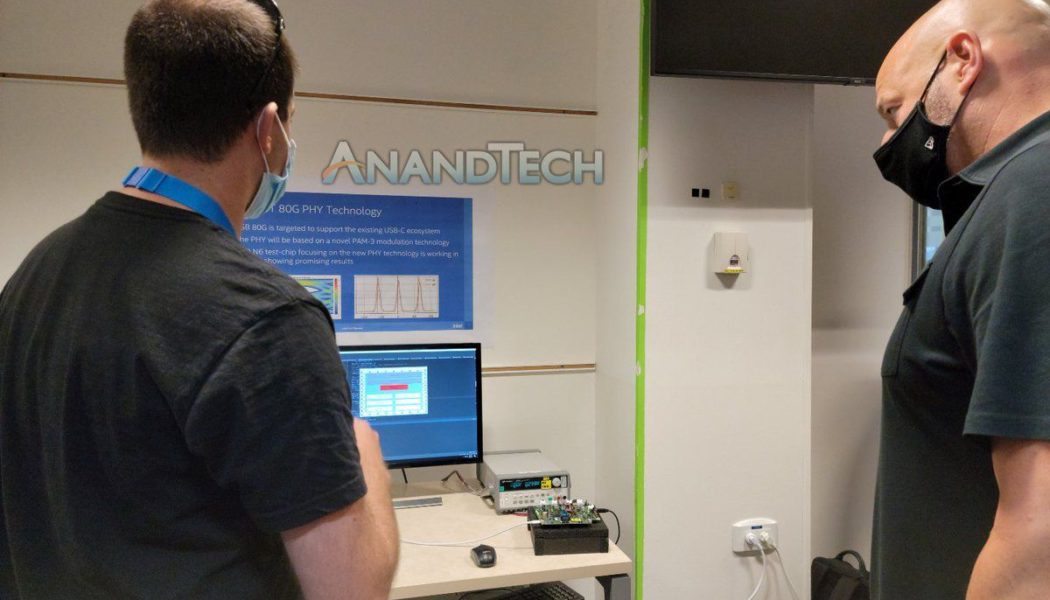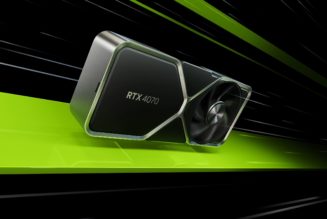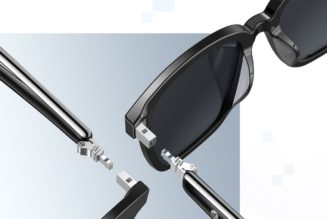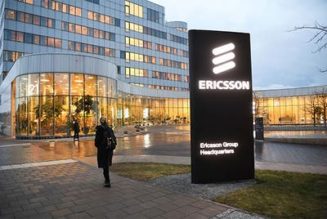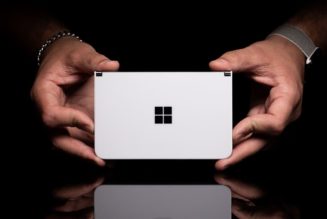Thunderbolt 4 is still relatively early on, but that isn’t stopping Intel from working on its next version of the connectivity standard, Thunderbolt 5. And thanks to a hastily deleted tweet from Intel executive Gregory Bryant that was caught by Anandtech, we’ve already gotten a sneak preview at the next-generation Thunderbolt standard, which could offer twice the speed of Thunderbolt 4 while maintaining physical USB-C plugs.
The most notable thing on the post was a title for “80G PHY Technology” — referencing a physical connector that offers 80Gbps connections, which would be twice the speeds offered by Thunderbolt 4 (which maxes out at 40Gbps).
:no_upscale()/cdn.vox-cdn.com/uploads/chorus_asset/file/22759378/Q293.jpeg)
The next line confirms that the new technology still plans to use USB-C plugs (“USB 80G is targeted to support the existing USB-C ecosystem,” which is extremely good news for anyone who’s already heavily invested in USB-C connectivity. Cables, hubs, and devices will still have to be replaced with ones that specifically support Thunderbolt 5 (or whatever Intel names it) when it’s released — but it means that we’re in for at least one more generation of stable, backwards compatible plugs with which all your existing chargers, drives, and dongles will still work.
The last major factor revealed by the accidentally published poster is that the next-gen connectivity tech will use “PAM-3 modulation technology,” which, as Anandtech explains, is a new method of transmitting bits along the cable that allows for higher bandwidth than current methods. (I’d highly recommend reading the far more technical explanation there if you’re interested in the details.)
We’re still likely months, if not years, away from Thunderbolt 5 hitting the market; Thunderbolt 4 is only about a year old, for starters, and there’s still plenty of work left to do to continue to roll out the existing standard. Still, it’s an interesting sneak peak at what the future of connectivity will look like, even if it’ll be a while before you can actually use it.
